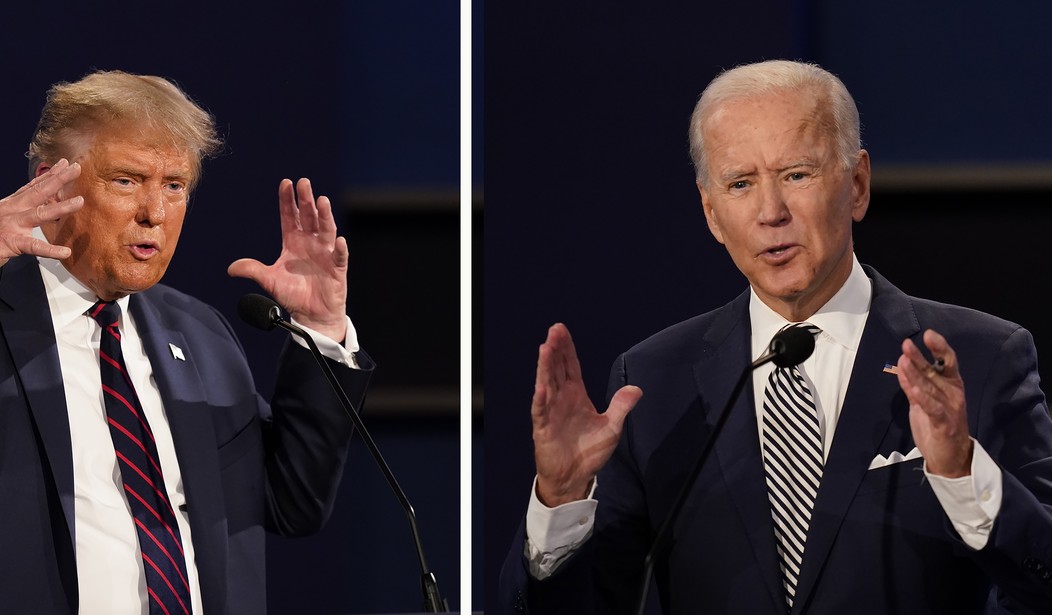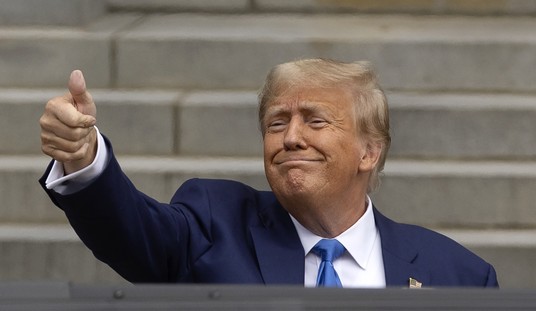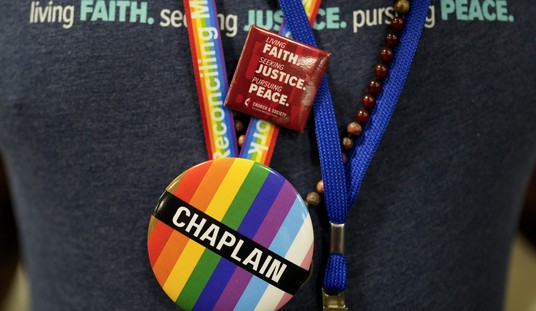There was great excitement among Republican poll watchers in the last few months as several published polls appeared to show an astonishing and historic realignment. Joe Biden is underperforming among voters under 30 by a substantial margin compared to 2020, while Donald Trump is closing the gap.
According to Pew Research, Biden won the under-30 vote by 25 points in 2020. Poll watchers say the historically high margin was due to a 50% turnout among those under 30.
Pollsters want to know whether Trump is gaining among these voters or Biden is losing support. This issue is important if you're looking for a realignment.
In fact, with so many polls showing a definite shift in favor of Trump, it can hardly be anything other than Trump gaining support.
Or can it?
Is Trump's support simply being overstated? There's also a question of these positive Trump polls being outliers, given that most polls still show Biden with a substantial lead among under-30 voters.
You can cherry-pick polls until the cows come home, but you're still left with the simple analysis that there is an unsettling shift among the under-30 voters. And if anything can be gleaned from the numbers it's that Biden is in trouble with young voters but the margin is almost certainly less than the Trump-positive polls show.
The Harvard Youth Poll has been conducted since 2000 and is considered the gold standard of youth polling. It surveyed 2,010 young Americans between the ages of 18 and 29 nationwide between March 14 and 21, 2024.
What the poll found is that this isn't your big brother's electorate.
"As the Biden/Trump rematch takes shape, we see strong levels of engagement and interest in voting among young Americans," said John Della Volpe, Institute of Politics Polling Director at the Kennedy School.
"Make no mistake, this is a different youth electorate than we saw in 2020 and 2022, and young voters are motivated by different things. Economic issues are top of mind, housing is a major concern—and the gap between young men's and young women's political preferences is pronounced."
One big takeaway from the Harvard poll and other youth polls is the willingness of younger voters to support third-party candidates. According to the Harvard poll, the current Trump-Biden divide is 19 points among likely voters (only 8 points among all voters). That's significantly less than the support Biden got in 2020. Factor in a third-party candidate like Robert Kennedy, and Biden's lead over Trump among young voters melts away.
There are two keys that pollsters are watching as we get into the 2024 race: youth turnout and the growing gender divide.
Young people are less likely to vote than older Americans—that’s true. But the past three national elections have actually had really high young-voter turnout, relative to past cycles. In the 2020 general election, 50 percent of eligible voters under 30 cast a ballot, according to estimates from CIRCLE, a nonpartisan organization that studies youth civic engagement. Will more than 50 percent of eligible young voters show up to the polls again this November? Maybe: About 53 percent of young Americans say they will “definitely be voting,” according to the Harvard poll published today. That’s about the same as it was around this time in 2020, when 54 percent said they’d vote.
On the other hand, pollsters are less optimistic about youth turnout. The non-partisan Split Ticket polling organization conducted a poll showing young voters abandoning Biden but, instead of going to Trump, they were favoring third-party candidates. That and lower turnout could be due to the general unpopularity of Biden and Trump.
But some experts say that matching 2020 levels is a long shot. Biden and Trump are historically unpopular presidential candidates among all age groups. Given that, Lakshya Jain, who helped design the Split Ticket poll, doesn’t think young-voter turnout will be “nearly as high as it was in 2020.” That cycle was special, he says: “a black swan of events” during one of the most tumultuous times in America. The election followed four years of a Trump administration, and the start of a global pandemic. “I see this environment as much more like 2016,” Jain said, when turnout among young people was closer to 40 percent.
The other thing to watch in the polls is the growing gender gap. Since the 1980 election, there has been a gender gap. But this gap among younger voters is astonishing. And it's a relatively recent phenomenon.
"Among likely young women voters, Biden leads Trump by 33 points in the new Harvard poll; among young men, he only leads by six. (In 2020, Biden led young men by 26 points.)," according to the Atlantic.
Rather than Biden losing support, it appears that Trump is gaining votes. That makes Biden's tasks very much harder going into November.








